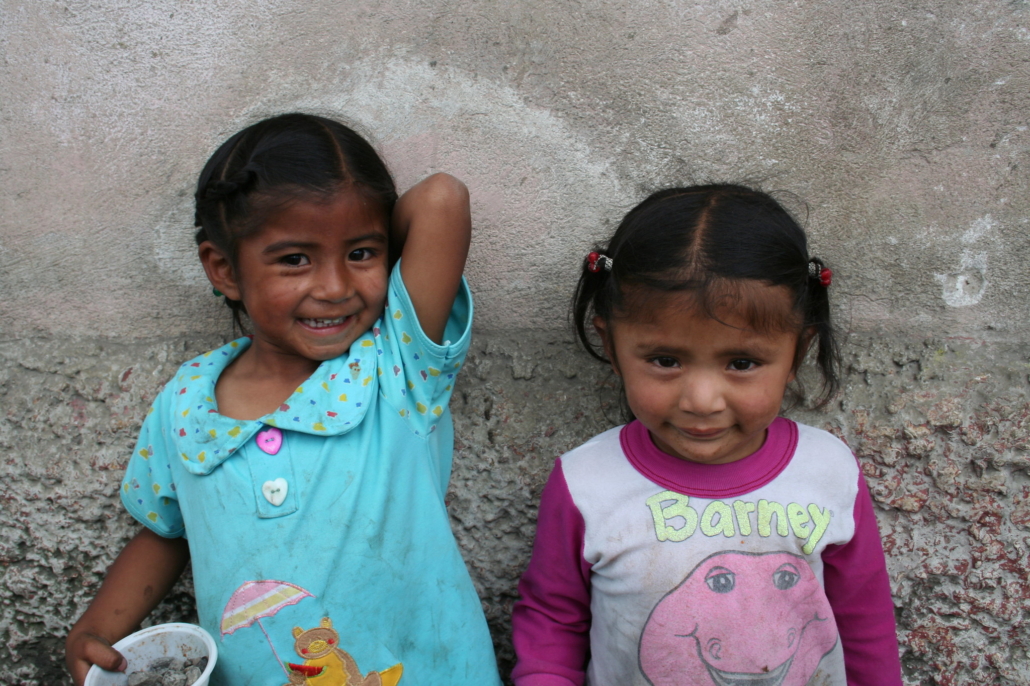5 Facts About Health Initiatives in Guatemala

With a population of more than 17.9 million people, Guatemala is the “most populous country in Central America.” Although it boasts a high birth rate, Guatemala suffers from various health issues, such as malnutrition and stunting, HIV and child and maternal mortality. According to the Organization for the Development of the Indigenous Maya (ODIM) Guatemala, Guatemala holds “one of the highest rates of malnutrition in the world,” with almost half of all Guatemalan children under age 5 suffering from chronic malnutrition. The following five facts about health initiatives in Guatemala detail the positive efforts being made to provide support and resources to those in need.
5 Health Initiatives in Guatemala
- The USAID Health and Nutrition Project – USAID partnered with Jhpiego to improve the accessibility of health care resources to Guatemalans. The Health and Nutrition Project (PSN) assists the Ministry of Health (MSPAS) in western Guatemala by increasing access to much-needed family resources. As the two regions of focus, Quiche and Huehuetenango, hold the “highest neonatal mortality rates and malnutrition rates in the country.” This project aims to provide additional training to health care workers and improved access to contraceptives, maternal and neonatal care. With a $19.4 million budget, this program has already achieved “measurable improvement” in its quality of health care services for malnutrition and neonatal care, along with its training of more than 100 midwifery technicians. This project has also implemented the tool “Rueda de Prácticas para Vivir Mejor” into more than 4,000 homes, providing 19 healthy practices for parents to implement in their newborn children’s lives.
- Aid From the World Food Programme (WFP) – The World Food Programme (WFP) provided nutrition training and emergency food resources to Guatemalans in need. In 2020, the Guatemalan government instituted the “National Crusade for Nutrition,” which primarily focuses on reducing malnutrition by providing health care resources and promoting wellness. To aid this initiative, WFP has focused its $12.3 million budget on providing Guatemalans with emergency food assistance and workshop sessions on nutrition. Through these efforts, WFP has aided more than 14,000 individuals in June 2023 alone. This has provided more than 6,000 people with “capacity building sessions on nutrition,” and trained more than 1,000 people on school feeding programs.
- USAID’s Partnership With Intrahealth to Tackle HIV/AIDS – USAID partnered with Intrahealth to provide support and resources to HIV patients. Due to the stigma surrounding HIV/AIDS, there remains a great need for technical assistance, funds and information to be provided to Guatemalan HIV patients. With a budget of more than $10.9 million, this five-year project contributes to health initiatives in Guatemala by reducing misinformation and “improving the quality of life” of those affected by providing quality resources and support. Between 2021 and 2022, this project provided diagnostic support to more than 600 individuals, administering more than 17,000 HIV tests by newly trained medical staff. This project has also provided treatment services to more than 11,000 patients across eight clinics in the Guatemalan region.
- ODIM Guatemala’s Healthy Mommy & Me Community Program – ODIM Guatemala provides maternal and neonatal support through Healthy Mommy & Me. As children face development issues due to malnutrition and lack of resources, ODIM Guatemala instituted its Healthy Mommy & Me community program. Since 2015, this program has assisted 120 mothers and their children annually, providing them with “four methods of intervention” to promote positive growth. These methods provide health care for both mothers and their children up to 2 years old, aid healthy development through education and nutritional diets and supplements and provide opportunities for mental support. With a $45,000 budget for 2023, this health initiative in Guatemala aims to provide “multi-faceted, evidence-based and culturally-aligned” philosophies to aid the community.
- Mayan Health Initiative Treatment Centers – The Mayan Health Initiative established two rehabilitation centers for Guatemalans with disabilities. As discussed by the United Nations Sustainable Development Group, roughly 10% of Guatemalans live with a disability. Although a number of treatment centers exist, religious beliefs, location and other “constraints” create a barrier between seeking and instituting treatment. To aid health initiatives in Guatemala, the Mayan Health Initiative established two treatment centers in Guatemala’s rural areas that prioritize physical, speech and occupational therapy among patients. Since 2014, this program has aided children with cardiac and orthopedic issues, providing a wide range of support for families to afford and prioritize this treatment. The combined centers aid more than 200 families and continue to grow annually. Because of the Mayan Health Institute’s impact, they state that their “most pressing challenge” involves “an increase in patient demand” as Guatemalans throughout the area travel specifically for their services and support.
Looking Ahead
These five facts about health initiatives in Guatemala show the positive efforts being made to reduce the barrier between accessibility to health care services and those in need. As malnutrition and mortality rates rise considerably amongst indigenous people in Guatemala, it is imperative that additional resources break the inequities and boost positive growth.
With additional resources, funds and support allocated by NGOs and community programs, Guatemala can begin to shed its label of holding the “highest rate of stunting in the Western Hemisphere.” It is imperative that Guatemala’s most vulnerable communities receive the necessary support that can lift them out of poverty and provide them with sustainable and healthy lifestyles.
– Kristina Gaffney
Photo: Flickr
